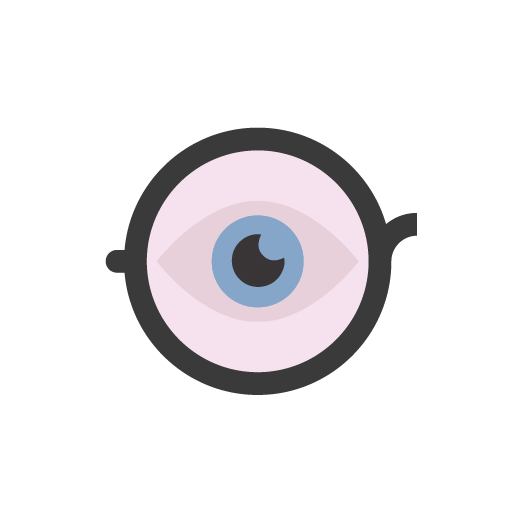
What is Visual Stress?
Some individuals demonstrate sensitivity to certain visual patterns, such as stripes or closely spaced text. This sensitivity can lead to visual perceptual distortions that may make reading and concentration more difficult and has been called visual stress. It can occur in people with otherwise normal vision and is estimated to affect around 1 in 10 people – both children and adults.
Examples of the Signs and Symptoms of Visual Stress
- Movement or blurring of printed text
- Skipping words or lines when reading
- Patterns appearing in text (e.g., “rivers” or “worms”)
- Eye strain, fatigue, or headaches while reading
- Difficulty maintaining attention while reading
- Needing to adjust reading distance frequently
- Frequently re-reading lines
These symptoms can be frustrating and may contribute to reduced confidence or low self-esteem, particularly in children. Early identification and appropriate support for visual symptoms can make a meaningful difference to some individuals.
Visual Stress and Reading Difficulties
Although there is controversy over definitions of dyslexia it is considered to be a language-based learning difficulty that primarily affects phonological processing and is not caused by visual problems. A small number of individuals with dyslexia as with any patients however may experience symptoms of visual stress. In such cases, addressing visual stress may improve reading comfort and concentration but should not be considered as a treatment for dyslexia.
Coloured lenses or overlays may help alleviate symptoms and therefore assist some patients with issues associated with reading difficulties.
Visual Triggers and Other Conditions
Patterns, flickering lights, or extended reading can trigger symptoms in susceptible individuals.
Our 3-Step Approach to Visual Stress
At Valli, we offer a comprehensive, evidence-informed approach to identifying and managing symptoms of visual stress:
1. Eye Examination
A full, thorough eye test checks your eye health and vision and muscle balance to determine if prescription lenses are needed.
2. Overlay Assessment & Wilkins Rate of Reading Test
We assess whether the use of coloured overlays improves comfort, concentration or reading speed. The Wilkins Rate of Reading test is used as this assesses visual factors that may influence reading and is relatively unaffected by reading skill.
3. Colorimetry Assessment
If overlays provide benefit, we may proceed with an assessment using an Intuitive Colorimeter. This system allows us to prescribe precision-tinted lenses tailored to the individual, which are often more practical than overlays – especially for school, reading, and screen use.
Book an Appointment
If you or your child is experiencing any of the symptoms above, we’d be happy to investigate if colour may be helpful in reducing symptoms and assess whether visual stress could be a contributing factor. Our experienced team is here to help.
